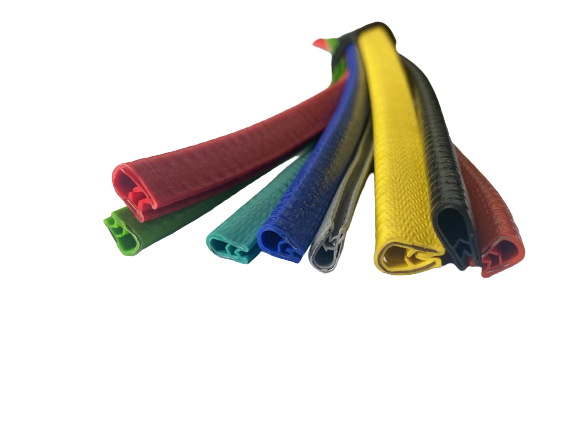Sep . 26, 2024 08:07 Back to list
rubber sealing strip for doors and windows
Understanding the Importance of Rubber Sealing Strips for Doors and Windows
Rubber sealing strips are essential components often overlooked in the realm of home construction and maintenance. These strips play a pivotal role in enhancing both the functionality and aesthetics of doors and windows. This article explores the various benefits, types, applications, and installation of rubber sealing strips, demonstrating why they are necessary for any building project.
Benefits of Rubber Sealing Strips
1. Energy Efficiency One of the most significant advantages of using rubber sealing strips is their ability to improve energy efficiency. By sealing gaps around doors and windows, these strips prevent drafts and the unwanted infiltration of outside air. This, in turn, reduces reliance on heating and cooling systems, thereby lowering energy bills and creating a more comfortable indoor environment.
2. Water Resistance Rubber sealing strips serve as effective barriers against water intrusion. This quality is particularly vital in regions prone to heavy rainfall or flooding. By preventing water from seeping through gaps, these seals protect against potential damage to flooring, walls, and even the structural integrity of the building.
3. Noise Reduction Another noteworthy benefit of rubber sealing strips is their soundproofing ability. By filling gaps between doors, windows, and their frames, they help to minimize noise pollution from outside. This is especially beneficial for homes located in busy urban areas or near highways, where external sounds can be a significant distraction.
4. Pest Control Rubber sealing strips also act as a deterrent against pests. Many insects and rodents can exploit tiny gaps to enter homes. By using rubber seals, homeowners can create a more inhospitable environment for these unwanted guests, thus enhancing overall hygiene and comfort within the living space.
5. Durability and Maintenance Rubber is known for its resilience and longevity. High-quality rubber sealing strips can withstand various weather conditions, including extreme temperatures and UV exposure. This durability translates to lower maintenance costs and less frequent replacement needs, making it a practical choice for homeowners.
Types of Rubber Sealing Strips
Rubber sealing strips come in various types, each designed to meet specific needs
1. Self-adhesive Strips These are incredibly easy to install, as they come with a backing that can be peeled off to reveal a sticky surface. Ideal for DIY projects, they can be cut to fit any door or window.
2. Compression Seals These strips require a bit more installation effort but provide excellent sealing capabilities. They compress when the door or window is closed, creating a tight seal that minimizes air and water leaks.
rubber sealing strip for doors and windows

3. Magnetic Strips Often used for doors and windows that require frequent opening and closing, these strips employ a magnetic closure mechanism. They are particularly advantageous for screen doors or fridge seals.
4. Foam Rubber While not as durable as solid rubber options, foam rubber strips are lightweight and easy to cut, making them suitable for temporary or less demanding applications.
Installation of Rubber Sealing Strips
Installing rubber sealing strips is a straightforward process, but it requires some attention to detail to ensure optimal performance. Here’s a simple guide
1. Measure the Gaps Begin by measuring the gaps around your doors and windows. It’s crucial to ensure the strips are neither too short nor excessively long.
2. Clean the Surface Before applying adhesive strips, clean the area thoroughly. Dust, dirt, and grease can prevent the adhesive from sticking effectively.
3. Cut to Size If necessary, cut the rubber strip to length using a sharp knife or scissors. Make sure the ends are straight to ensure a good seal.
4. Apply the Strip For self-adhesive strips, simply peel off the backing and press the strip into place. For compression or other types of strips, follow the manufacturer’s instructions for secure installation.
5. Test the Seal Once installed, check to ensure that doors and windows close properly and that there are no gaps. Making adjustments may be necessary to achieve the perfect fit.
Conclusion
Rubber sealing strips are more than just simple accessories; they are a fundamental element in maintaining a comfortable, energy-efficient, and pest-free home. With various types available and straightforward installation methods, homeowners can easily enhance the performance of their doors and windows. Investing in quality rubber sealing strips is a small step that leads to significant benefits, making it a wise choice for any property owner looking to improve their living environment.




